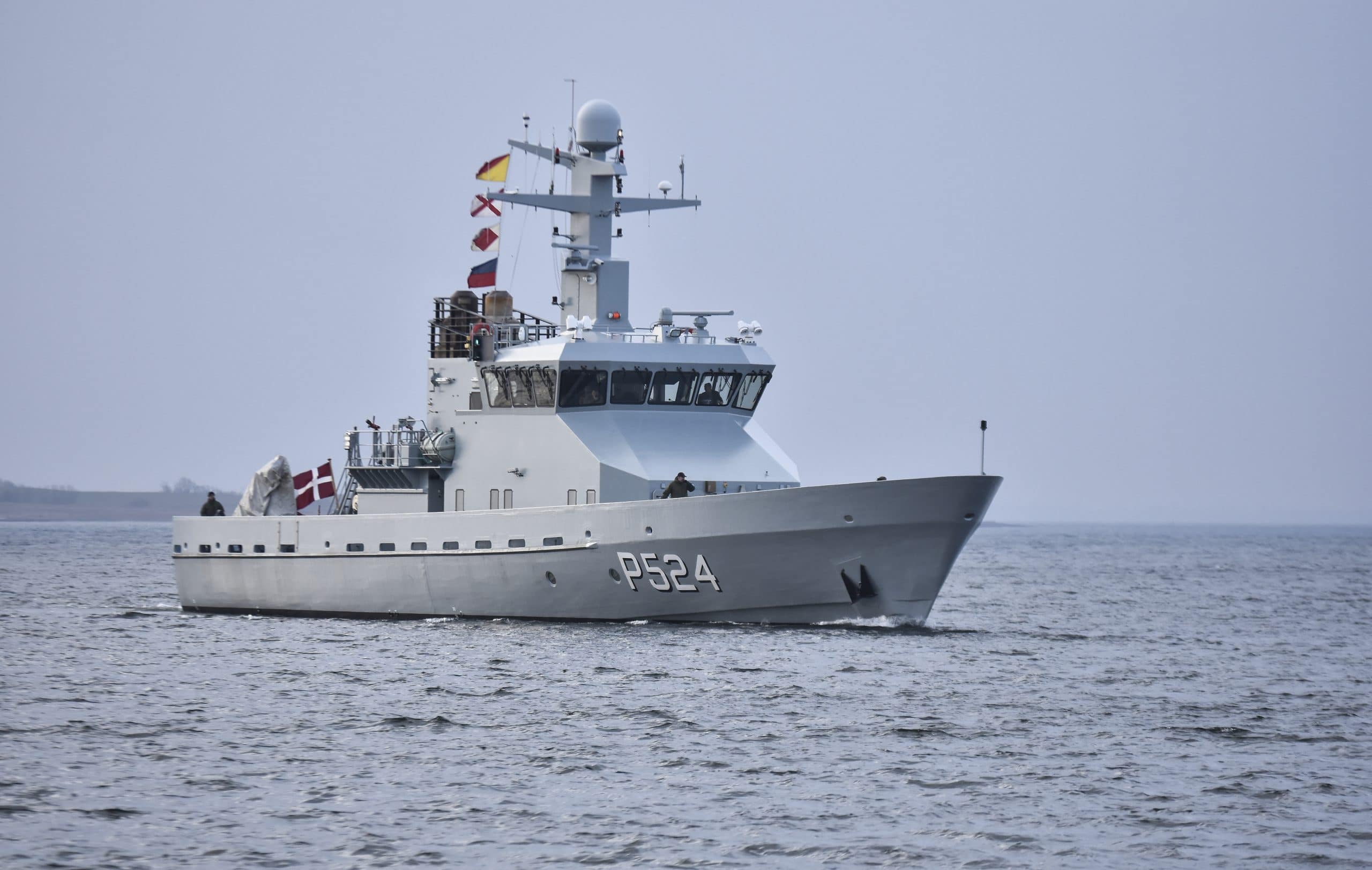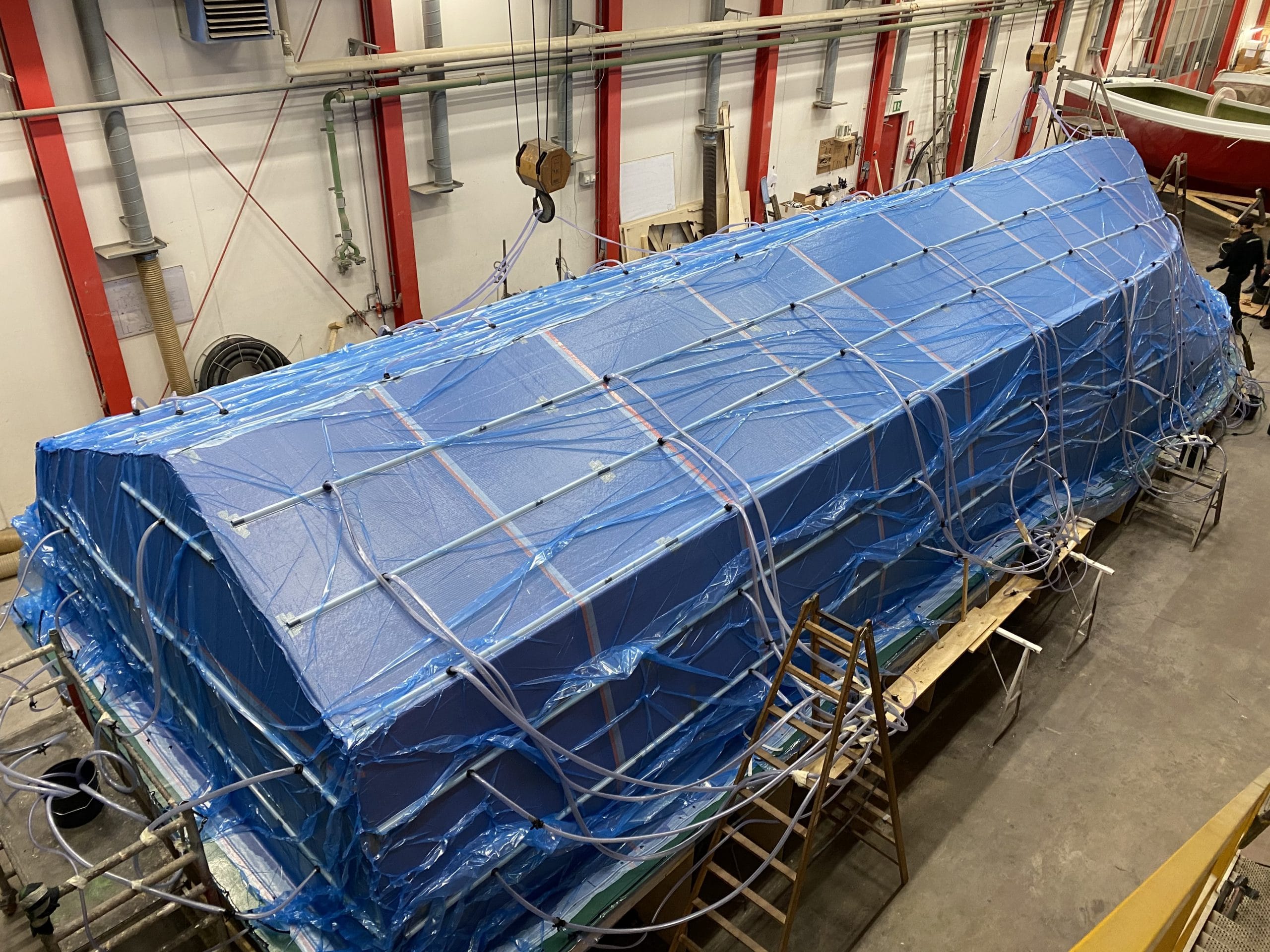New buildings
Composite - Aluminium - Steel
NEW BUILDINGS
Steel, aluminium and composite in combination
In recent years, there has been a strong focus on lightweight materials when designing new ships. Lighter materials have the environmental advantage of helping to significantly reduce fuel consumption, to the benefit of the environment.
FAABORG VÆRFT A/S har over de senere år designet og bygget el- og hybriddrevne passagerfartøjer i forskelligt materiale valg. Kombinationsmulighederne er mange.
In addition to vessels in pure composite, these can e.g. built on steel hulls and fitted with composite tops to reduce the overall weight. There are many possibilities in FAABORG VÆRFT A/S' newbuilding programme.
DESIGN
FAABORG VÆRFT A/S' design development is carried out in close dialogue with the individual customer, so that all essential technical specification requirements, fittings and equipment are integrated into the final design and calculation phase, which is typically carried out with FAABORG VÆRFT A/S' partners.
In addition to individual designs and constructions, FAABORG VÆRFT A/S also has a series of standard vessels both within the fishing vessel sector and within fast multi-purpose vessels developed for e.g. police vessels, surveillance vessels, crew boats and for other special areas of operation where strength, quality and safety are an absolute requirement.
The benefits of fibreglass composite:
- Fibreglass can be said to be largely maintenance-free, as there are no requirements for painting or sandblasting during the life of the vessel, as there would be for other materials.
- Corrosion and corrosion cannot occur in a fibreglass construction and therefore the lifetime and material strength of fibreglass is much higher than other shipbuilding materials.
- Lower noise nuisance associated with structure-borne noise.
- Better acoustics.
- Fibreglass has a smooth surface so the comfort on board when sailing in rough weather will be more pleasant.
COMPOSITES DIVISION
Our modern composites department meets all regulatory requirements for working with composite materials. The production of glass fibre reinforced polyester, for example, requires careful control of humidity and temperature to achieve an optimum product. To control and document this, control equipment such as thermo-hygrographs and automatically controlled environmental equipment are integrated at all production sites, which continuously document quality control in the context of the company's quality assurance system DS/EN ISO 9001:2015.
We carry out all kinds of work in composite materials as well as the manufacture of moulds and auxiliary tools.
Our composites department continuously develops and optimises manufacturing methods and standards, ensuring that the finished products are of the highest quality.



